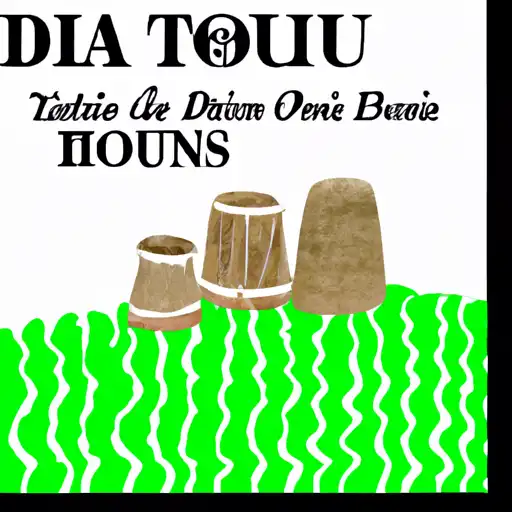
The History of Tahitian Drums
The Resonance of Time: Unfolding the History of Tahitian Drums
A unique and irreplaceable part of the Polynesian Islands’ heritage, drums or pahu as they are locally known in Tahiti, serve as cultural connectors between the island’s traditional past and its vibrant present. Ancient Tahitian life was defined by rhythms. It was the beating pulse of the ocean, the cycles of the seasons, and the reverberating beats of Tahitian drums that signified a lively and dynamic culture.
Echoes from Polynesia’s Past: The Genesis of Tahitian Drums
Delving into the history of Tahitian drums takes us back to Lapita people, the ancestors of Polynesians. The Lapita culture brought their musical traditions with them as they navigated through the Pacific. Jackie Mancey, a scholar who studies Pacific culture, believes that “drumming has been a traditional part of Pacific Island life for more than 3000 years.” Accordantly, the Tahitian pahu is a primal echo of this time when the first Polynesians settled in Tahiti.
The Tahitians, just like other Polynesian cultures, began using hollowed-out log drums as means of communication across the vast islands and also to mark significant events, rituals, and celebrations. These traditional drums were considered sacred, reflecting the indigenous faith in Mana (the spiritual life force energy).
Craftmanship: Making a Traditional Tahitian Drum
The Parau Api (Oral Traditions) preserved the knowledge of crafting a traditional Tahitian drum. Usually, the tree chosen for the pahu is Miro (Rosewood) or Purau (Hibiscus). Using a single log, the tree’s trunks are hollowed out and the skin of the drum is traditionally made with shark skin. The skin is carefully attached around the opening using sennit (braided coconut husk fiber).
Role in Tahitian Culture: Calls, Celebrations, and Otea
In Tahitian society, the beating of the pahu can be heard during cultural festivals, performances, and ceremonies. It’s used as an integral part of Tahitian music and dance.
Symbols in the historical narrative of Tahiti, the drums revealed royal orders, marked special occasions like births or marriages, served as instruments of war signaling victory or defeat, and were crucial in fundraising activities known as târava.
Drumming is also a key complement to singing in the indigenous Himene tarava (hymns of Tahiti and the Cook Islands). This features unique vocal techniques combined with the rhythmically evocative beat of the drums, often performed in churches.
Being an inherent part of Otea, a form of traditional Tahitian dance, the dancers synchronize their movements with the drum beats, creating an enchanting performance that simply captivates the audience.
The Spirit of Tahiti in Modern Times
Despite the passage of time and the influence of Western culture, Tahitian drums still play a significant role in modern Tahitian society. Contemporary festivals like the renown Heiva I Tahiti still celebrate the island’s rich traditions where pahu accomplishes its primal task of setting the heartbeat of Tahitian dance.
Schools across Tahiti have also incorporated the teaching of traditional drumming into their curricula, ensuring that this crucial part of Tahitian culture is passed on to the next generation.
Once heard, the powerful sounds of Tahitian drums are never forgotten. They exist beyond simple acoustics, transcending into a realm of embodied experience that is impossible to describe, but must instead be felt. The history of Tahitian drums is therefore more than simply a recount of centuries past, it is a story of continued cultural vibrancy and a testament to the resilience of Tahitian traditions in a rapidly changing world.